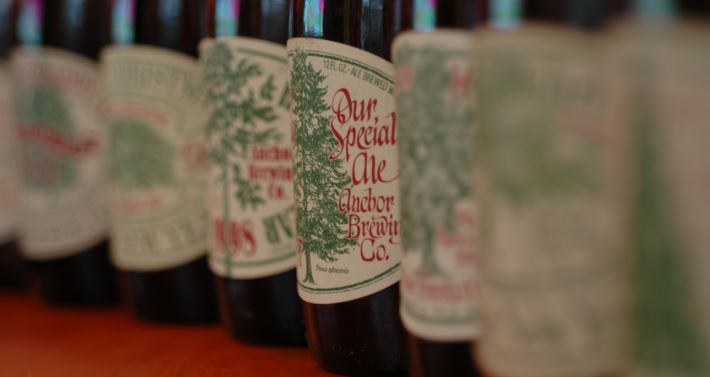
Hop Queries subscribers have seen Scott Lafontaine mentioned multiple times in my newsletter, most recently about the impact of maturity on aroma and flavor. But he knows a bit about non-alcoholic beer, and rice was one of the reasons he chose to join the faculty at the University of Arkansas.
“A lot of schools want a brewing program,” he told the Fayatteville Flyer. “But you have to have an agricultural product to be successful with one. Arkansas has rice, which is a very underutilized crop when you look at how brewers treat it right now. Most brewers use it as an adjunct [a supplement rather than an essential ingredient]; almost as an afterthought. But there’s so much more potential when you look at how breeders are working with aromatic rice varieties. And since I also wanted to diversify myself from my former advisor, who was working with hops, I decided Arkansas was the right fit for me.”
He is looking at the potential of several varietals.
ARoma 22 is one of them. It is a jasmine-type aromatic rice developed by the Arkansas Rice Breeding Program, which is a part of the University of Arkansas System Division of Agriculture. Over the last ten years the program has developed a total of sixteen rice varieties, of which three have been aromatic lines.
Contrast this with what Anheuser-Busch wants from the rice it uses in Budweiser. When I wrote “Brewing Local” A-B was the largest buyer of rice in the United States, and using about about 8 to 9 percent of the total crop annually.
“We don’t want grassy (like fresh-cut grass),” said David Maxwell, then the brewing director at A-B InBev. Mold will jump out at you, like walking into a basement.” would will be looking for a starchy taste. Rice has a higher starch content and lower protein content than any other cereal adjunct. “We want quality starch,” he said, and freshness is the key.
Gasp
Anchor Brewing cuts national distribution, cancels Christmas Ale
Anchor has made Christmas Ale since 1975. It is/was known for its annually changing combination of spices a different hand-drawn label featuring a tree each year. A small amount will be for sale solely at Anchor Public Taps for visitors to the tasting room. That’s it.
An Anchor representative cited “time-intensive and costly brewing and packaging requirements” as the reason for the change. Christmas Ale is unlikely to return next year, the representative said.
Garrett Kelly, a former brewer at Anchor, indicated to the San Francisco Chronicle that the recent news confirmed concerns he and others voiced after the sale to Sapporo. “The loss of a beer as iconic as the Anchor Christmas Ale, the first American holiday beer post prohibition, is a loss for not only beer nerds like me, but anyone with an interest in preserving culture against the grinding pressure of corporate Darwinism,” Kelly wrote the newspaper.
Just as stunning is the news that Anchor will only sell its beers, including iconic Anchor Steam Beer, in California. Currently, the beer is available in all 50 states.
Sustainability
Breweries are starting to capture carbon — from beer
Clinton Mack, Austin Beerworks’s cellar manager, uses techniques developed by NASA to capture the naturally produced CO2 and dissolve the molecules into beer.
You can make more money from a car park than a vineyard
Wine root systems on Santorini can be 400 years old. This story is a reminder that sustainability, which I write about often in Hop Queries but not enough here, is complicated.
You might also enjoy
– The Myth of the Mexican Lager — Brewing Cerveza Chango from Desperado
– Everlasting Hype: The Enduring Appeal of Nano Breweries
There was a time more than a dozen years ago I tried, although not too seriously, to figure out how small a brewery needed to be to qualify as nano.